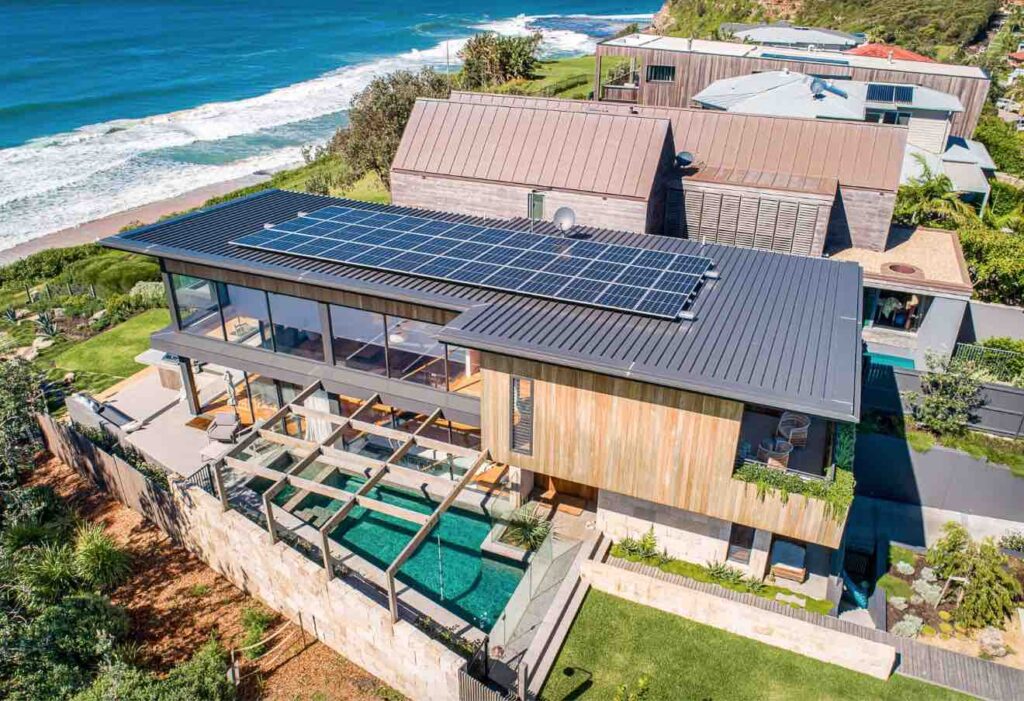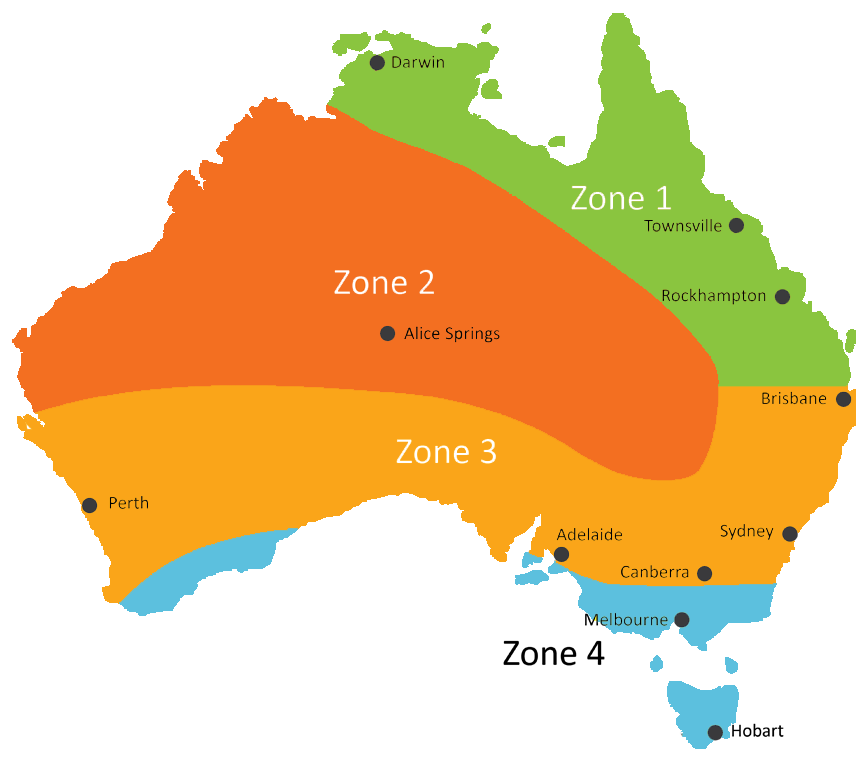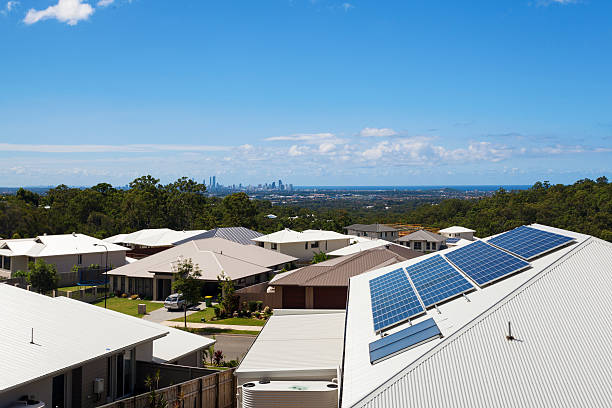Are you living on the Gold Coast and considering going solar? You must be wondering how does solar stack up on the Gold Coast. Solar power energy systems are very popular in Queensland, and it is estimated that more than 700,000 households and businesses now have solar panels on their rooftop.
In past years, Gold Coast residents have been able to get generous solar power rebates. The government rebate is not as generous today as it used to be. This might raise the following question:
How does solar stack up on the Gold Coast as an investment?
In this article, we will try to give you an answer.

The current rebate schemes for solar panel systems on the Gold Coast
Access to rebates is relevant when considering whether solar panels are a good investment or not. A rebate could potentially reduce your costs dramatically, and make the installation costs easier to afford.
Although the solar rebate on the Gold Coast is smaller today than a couple of years ago, it will still help you with the financing.
The federal STC rebate
To make it more affordable for Australians to invest in solar panels, the Australian government introduced the solar rebate some years ago. This rebate scheme will give you a certain amount of STCs, based on your location and the size/effectiveness of the system.
One STC will hold a certain market value, and this value will be deducted from the installation costs. In other words – the more STCs, the merrier. The exact amount of STCs
generated, will vary based on what STC zone your home is located in.
Most parts of Queensland are located in STC zone 1 and 2, which are some of the best places to live in Australia in terms of the solar rebate. Unfortunately, the Gold Coast is located in zone 3. In this zone, the government solar rebate is not as big as in zone 1 and 2.
However, the rebate will still reduce your installation costs by a great deal. And remember, the rebate will also be affected by your solar system’s size. A 6.6 kW system will generate more STCs than a 3 kW system.

Are there any other rebates?
There used to be a state rebate in Queensland, but this is no longer available. The rebate would give you an additional financial rebate of as much as $3,000 when purchasing the battery or solar panel system.
The Gold Coast and the rest of Queensland would also have access to interest-free loans. That way, you could finance your solar panel system in a beneficial way. Each household could loan up to $10,000.
Today, the price for a solar panel system is lower than it was before. This is one of the reasons that the local incentives are gone. But remember, you are still able to get the generous STC rebate.
Battery Booster rebate
Eligible Queenslanders can also apply for a rebate when they buy and install a home battery energy storage system to use with new or existing rooftop solar systems.
The Battery Booster program rebate will help you better manage your electricity use and save on your energy bills.
If you are eligible, the rebates will offset the upfront cost of purchasing and installing a home battery system to use with a new or existing solar PV system.
Standard rebate: A rebate of up to $3,000 is available for applicants with an income of less than $180,000 for the most recently ended financial year.
If the applicant has a spouse, the combined income of the applicant and the applicant’s spouse must not have exceeded $180,000 for the most recently ended financial year.
Low-income rebate: A rebate up to $4,000 is available for households where the highest income earner earned $66,667 or less for the most recently ended financial year.
The program is now open and will remain so until funding is exhausted.
You must apply for conditional approval before applying for the rebate. The application must include a quote for an Approved Battery System from an Approved Installer or another retailer.
For more information on the program including eligibility please visit the Queensland Government website.
How effective can I expect solar panels to be on the Gold Coast?
The Gold Coast is considered to be both warm and sunny, which makes the city ideal for solar energy systems. Per square meter, the sun will generate 4.8 kWh of power on average. With almost 300 sunny days a year, it is no wonder many residents invest in solar panels.
If you invest in an average 6.6 kW solar system, it is expected that the solar panels will generate as much as 27.7 kWh of energy a day. In one year, this equals around 10.110 kWh of renewable energy.

Spend less money on electricity
With a solar panel installed, a typical Gold Coast home can expect to save a great deal of money on electricity costs throughout the year. In one single year, the average household will save around $2,000.
Considering an average installation cost between $4,500 and $9,500, the solar system will usually pay for itself within three to five years.
Conclusion: How does solar stack up on the Gold Coast as an investment?
For homeowners living on the Gold Coast, the government rebate might not be the best. Despite this and the fact that you no longer can receive the state rebate or interest-free loan, solar panels are still worth investing in.
First of all, the Gold Coast has a great climate for solar power production. Secondly, your system will pay for itself after 3–5 years thanks to lower electricity costs. You will also get a government rebate that may reduce your costs upon installation.
Besides the economic advantages, it is worth thinking about the other positive effects a solar panel system has. You will have access to clean and renewable energy, and your power-related carbon emissions will drop.
To conclude: If you live on the Gold Coast, solar energy is still a great investment. But remember that the government rebate is reduced every year, so it may be smart to act soon. By 2030, the rebate scheme will end for good!